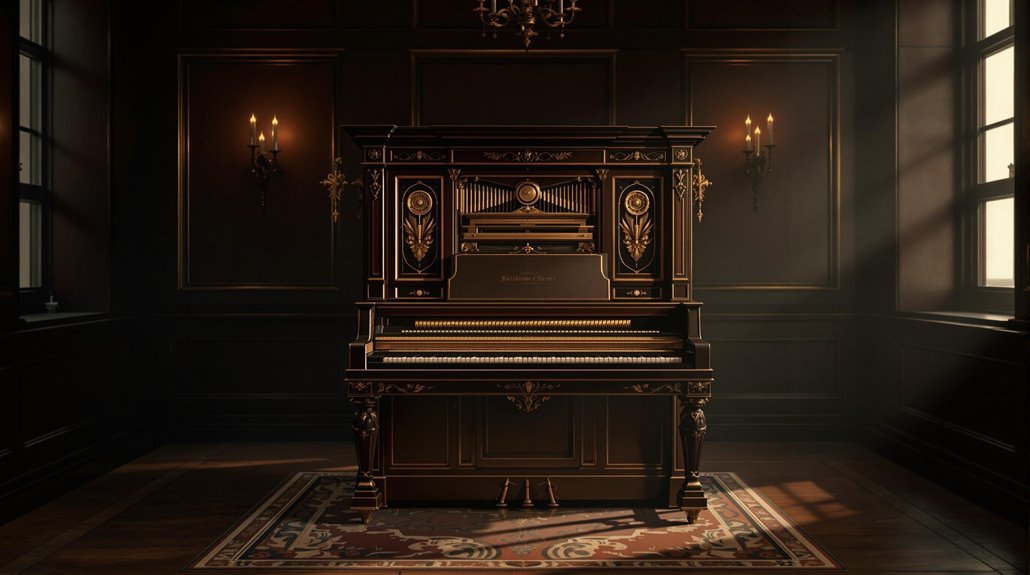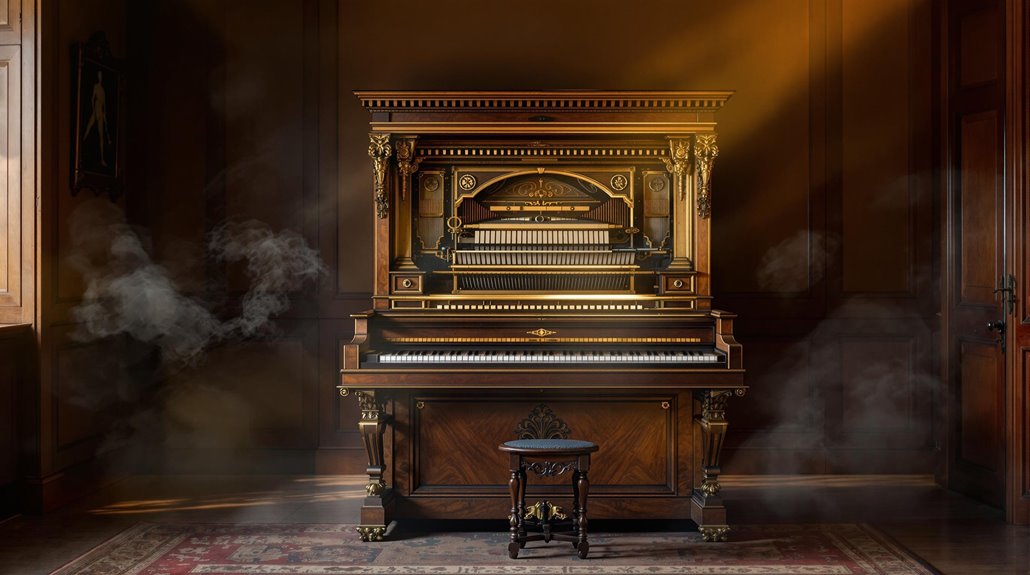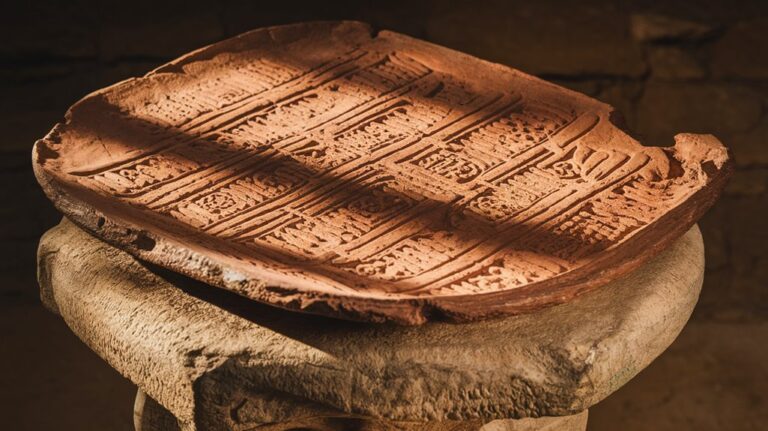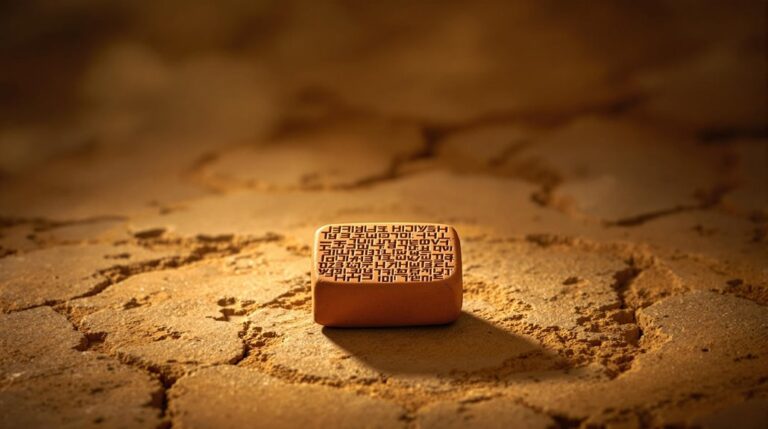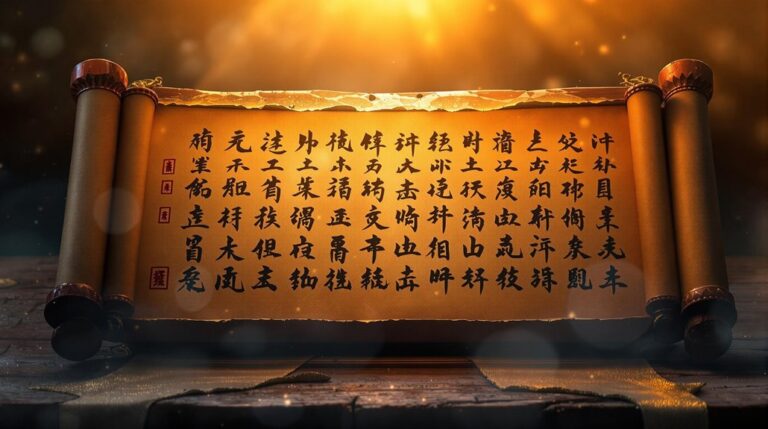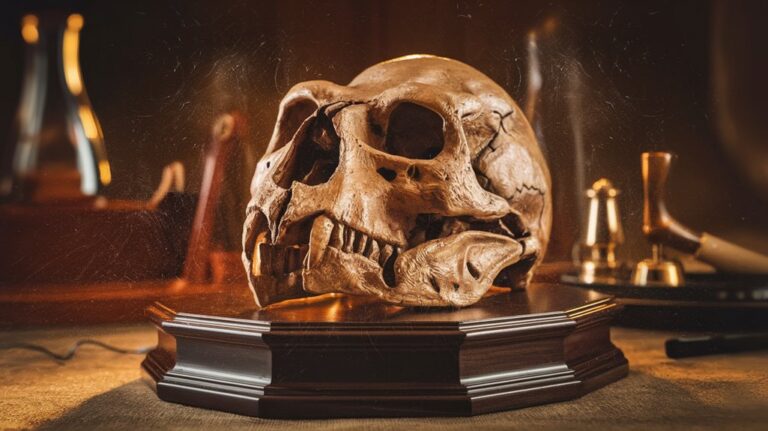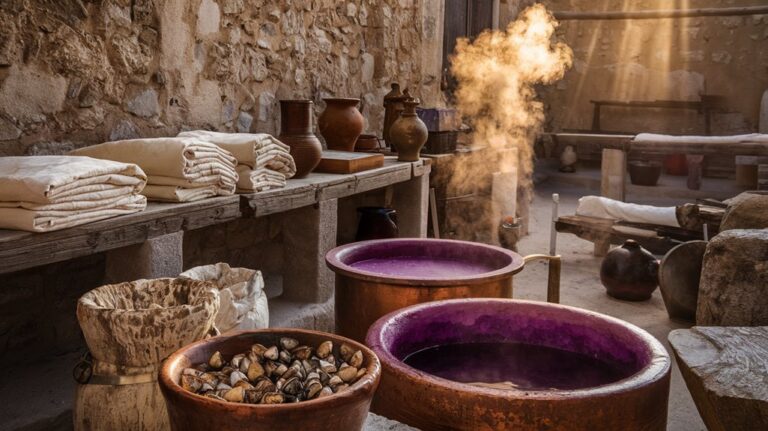Bartolomeo Cristofori’s Piano: The Craze That Ended the Harpsichord’s Reign
Like Prometheus bringing fire to humanity, Bartolomeo Cristofori gifted the world with a revolutionary musical invention in 1700. You've probably noticed how a piano can whisper as softly as a lullaby or thunder like a storm, but this wasn't always possible. Before Cristofori's breakthrough, musicians were stuck with the harpsichord's one-dimensional sound. What drove this Italian craftsman to challenge the status quo, and how did his creation transform the musical landscape forever?
The Birth of a Musical Revolution
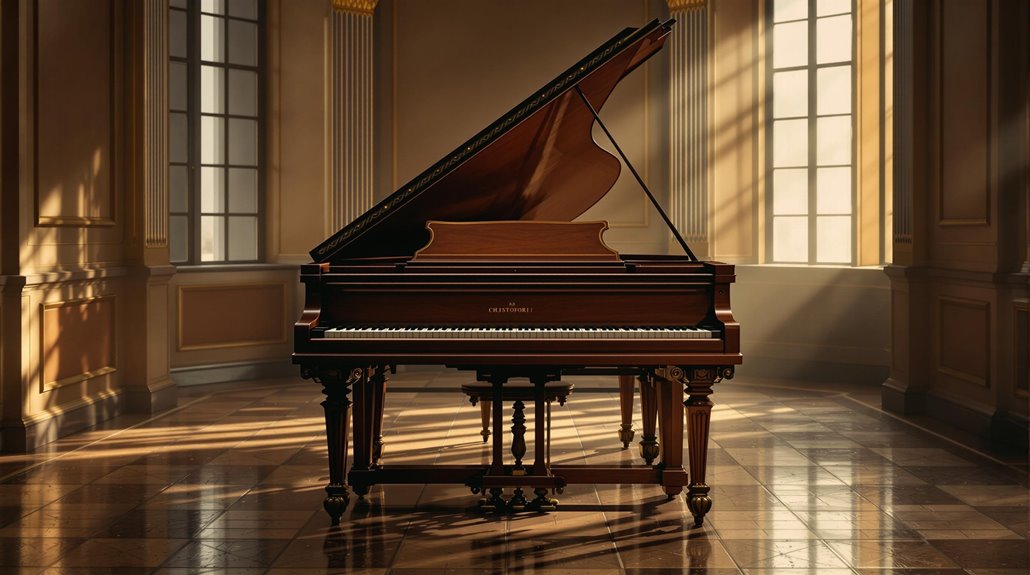
When Bartolomeo Cristofori revealed his groundbreaking "gravicembalo col piano e forte" around 1700 in Florence, he couldn't have known he'd transform musical history forever.
You can trace the musical evolution of keyboard instruments to this pivotal moment, when his ingenious hammer mechanism first allowed players to control their sound's volume. The invention arrived during a time of great musical advancement as the refined string instruments developed by master craftsmen were transforming orchestras.
Working for the Medici family, Cristofori solved a challenge that had limited musicians for generations. His innovative design included an escapement mechanism, precise dampers, and a sophisticated check system that prevented unwanted hammer bounce.
These features enabled expressive performance in ways the harpsichord never could. Musicians could now choose between the loud and quiet notes, unlike with previous instruments like the harpsichord and clavichord. While it took nearly a century for his invention to gain widespread acceptance, you'll find Cristofori's core principles in every modern piano, cementing his legacy as the father of piano design.
Breaking Free From the Harpsichord's Limitations
Although the harpsichord dominated keyboard music for centuries, its inherent limitations frustrated musicians seeking greater artistic expression. You couldn't vary the volume by touch, and its bright, metallic tone remained constant regardless of playing technique.
Cristofori's revolutionary piano design changed everything. The new hammer mechanism gave you unprecedented dynamic expression and tonal flexibility. Grand Prince Ferdinando provided crucial patronage that enabled this innovation. You could now play soft or loud notes within the same piece, shape melodies with varying intensity, and create rich, mellow sounds impossible on a harpsichord. The modern piano evolved to include 88 keys, significantly expanding the range of musical possibilities.
The piano's action, featuring over 100 parts per key, let you control the force applied to strings and sustain notes naturally.
These innovations freed composers and performers from the harpsichord's constraints, enabling them to experiment with new chord voicings and compositional techniques that would reshape musical history.
Early Challenges and Skepticism
Despite Cristofori's groundbreaking design, the piano initially faced significant resistance from the musical establishment.
You'd find most musicians clinging to their familiar harpsichords, skeptical of the piano's durability and tonal qualities. They weren't keen to learn new playing techniques, preferring to stick with what they knew.
Production issues further complicated the piano's early adoption. Even back then, the high cost of moving pianos between workshops and buyers posed a significant challenge.
You wouldn't find many skilled craftsmen who could build these complex instruments, and those who did faced steep material costs and quality control challenges.
The manufacturing limitations meant that pianos remained scarce and expensive, royalty and gentry were typically the only ones who could afford them.
Distribution networks were virtually non-existent, making it difficult to reach potential buyers.
Even when pianos did reach musicians, early models struggled with mechanical reliability, tuning stability, and limited dynamic range compared to later versions.
Technical Innovations That Changed Music Forever
Through Cristofori's revolutionary hammer mechanism, the piano ushered in a new era of musical expression that would transform Western music forever. His mechanical design allowed players to control volume and tone with unprecedented precision, while the hammers' quick rebound enabled rapid note repetition.
The piano's acoustic improvements continued throughout the 1800s. Unlike its predecessor the harpsichord which was purely string-based, the piano became classified as a percussion instrument. You'll find the introduction of the iron frame particularly significant, as it could withstand up to 30 tons of string tension. Early pioneers like Mozart, Haydn, and Beethoven mastered the fortepiano and composed extensively for the instrument.
Cross-stringing and overstringing enhanced the instrument's resonance, while the expanded keyboard range grew from four to seven octaves. Érard's double escapement action made faster playing possible, and felt hammers replaced leather for better tone.
The addition of three pedals – sustain, una corda, and sostenuto – gave pianists even more expressive possibilities.
From Royal Courts to Concert Halls
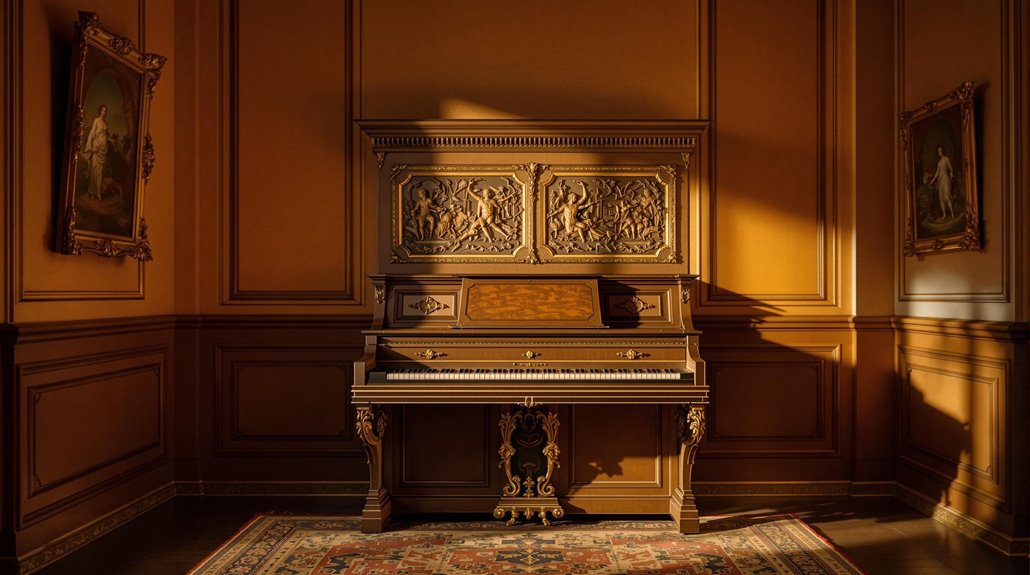
While Cristofori crafted his first piano in a bustling Medici warehouse around 1700, he couldn't have imagined how his invention would transform from a royal court curiosity into a concert hall sensation. Silbermann's early instruments received critical feedback from Bach in 1729.
Through royal patronage from Prince Ferdinando de' Medici, the piano's journey from workshop to spotlight began. The concert evolution demanded instruments with greater dynamic range, and the piano delivered perfectly. Early models used sophisticated hammer mechanisms that struck strings, allowing players unprecedented control over volume.
- Mozart praised Stein's pianos for their pure tone
- By 1780, the 'German' striking mechanism revolutionized performances
- Broadwood's production soared to 1,680 pianos annually by 1824
- The instrument's price ranged from £18 for squares to £46 for grands
You'll find it fascinating that by the 1780s, "piano-forte" appeared in hundreds of English documents, marking its shift from royal exclusivity to public acclaim.
The Piano's Lasting Impact on Classical Music
Innovation sparked a musical revolution when Cristofori's piano transformed the landscape of classical music forever.
You'll find its influence in every aspect of classical composition, from the way musicians express themselves to how audiences experience performances.
J.S. Bach was among the first major composers to explore the piano's capabilities after the harpsichord era.
The piano's expanded dynamic range allowed composers to explore emotions with unprecedented depth, while its technical capabilities opened doors to new harmonic exploration.
The development from early wooden frames to metal-framed pianos dramatically increased the instrument's power and resonance.
You can hear this evolution in the complex sonatas and concertos that emerged, showcasing the instrument's versatility.

